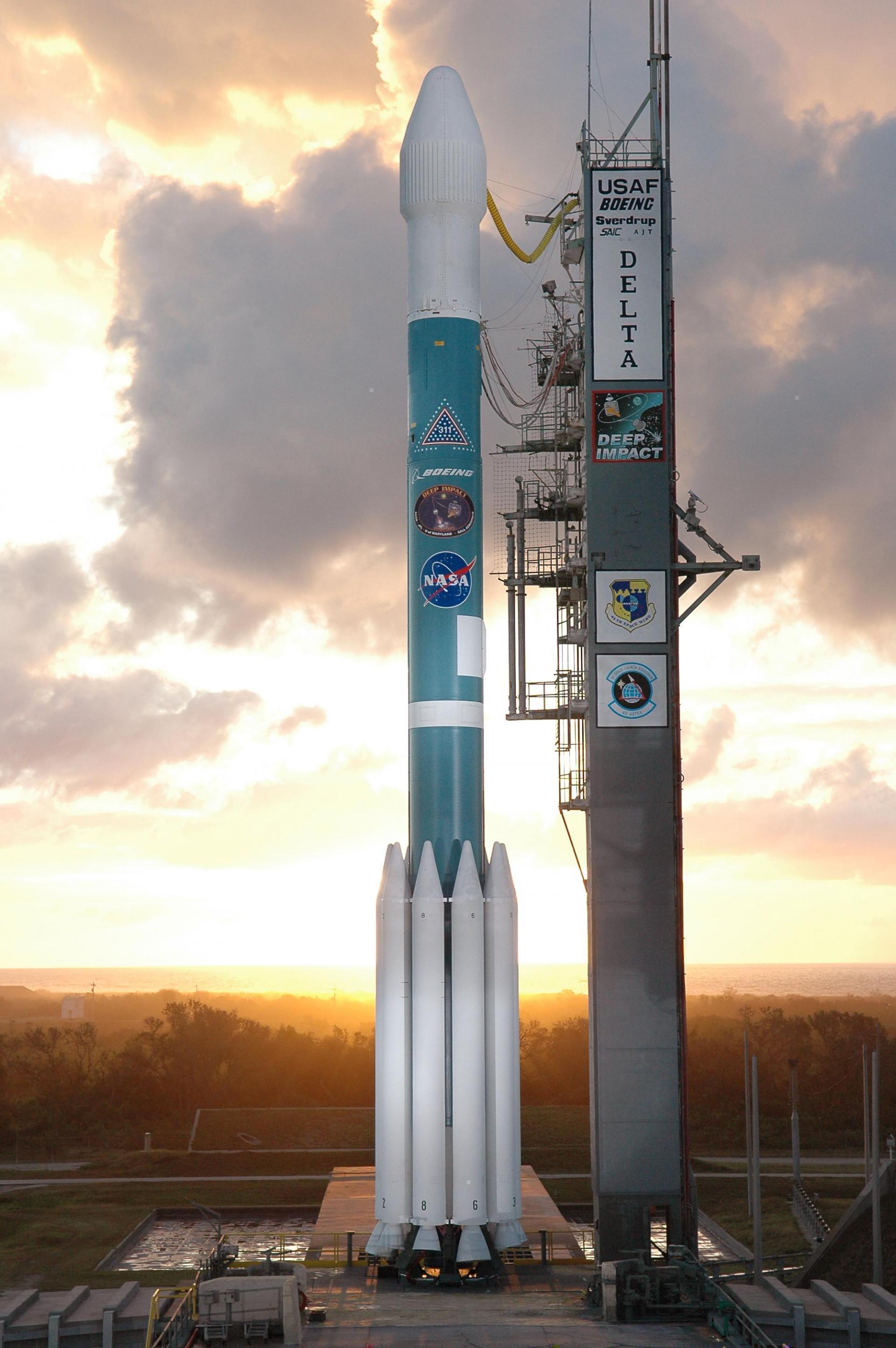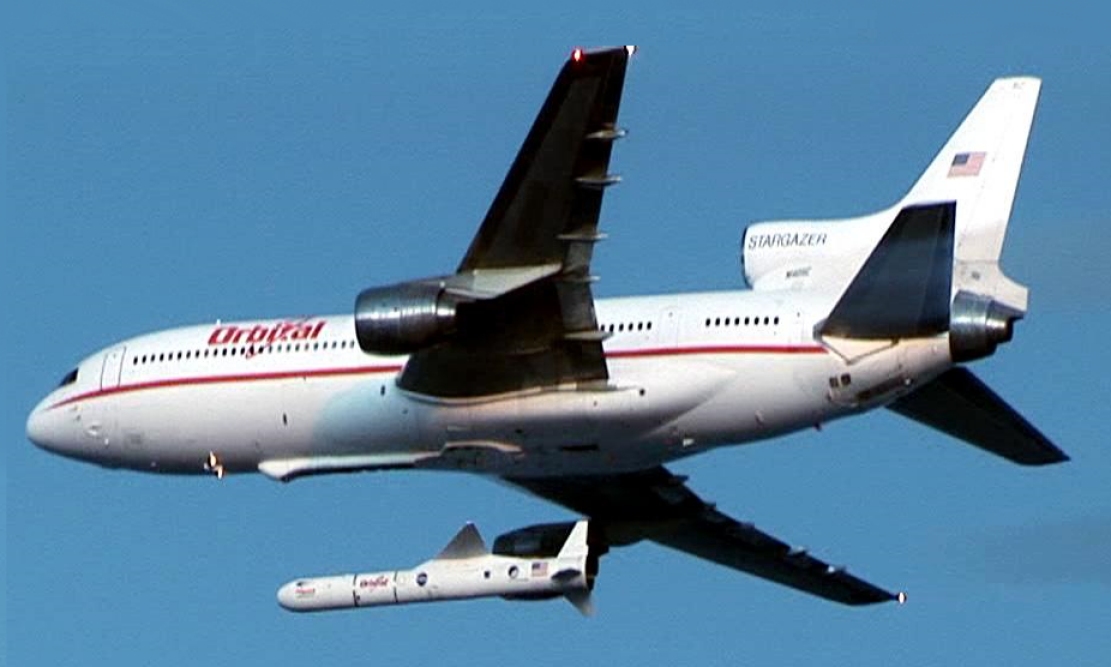Previous Spaceflight Launches
Filter by Agency, Locations or Vehicles
Show All LaunchesDelta II | Galaxy 9
United Launch Alliance | United States of AmericaCape Canaveral SFS, FL, USA
May 24, 1996, 1:10 a.m.
Space Shuttle Endeavour / OV-105 | STS-77
National Aeronautics and Space Administration | United States of AmericaKennedy Space Center, FL, USA
May 19, 1996, 10:30 a.m.
Status: Launch Successful
Mission:
STS-77 was the 77th Space Shuttle mission and the 11th mission of the Space Shuttle Endeavour. The mission began from launch pad 39B from Kennedy Space Center, Florida on 19 May 1996 lasting 10 days and 40 minutes and completing 161 revolutions before landing on runway 33.
Low Earth OrbitPegasus Hybrid | Miniature Sensor Technology Integration 3 (MSTI-3)
Orbital Sciences Corporation | United States of AmericaAir launch to orbit
May 17, 1996, 2:44 a.m.
Ariane 44L | Palapa C2 & AMOS 1
Aérospatiale | FranceGuiana Space Centre, French Guiana
May 16, 1996, 1:56 a.m.
Soyuz U | Yantar-1KFT 18
Russian Federal Space Agency (ROSCOSMOS) | RussiaBaikonur Cosmodrome, Republic of Kazakhstan
May 14, 1996, 8:55 a.m.
Titan 403A | SLDCOM 4
Lockheed Martin | United States of AmericaVandenberg SFB, CA, USA
May 12, 1996, 9:32 p.m.
Soyuz U | Progress M-31
Russian Federal Space Agency (ROSCOSMOS) | RussiaBaikonur Cosmodrome, Republic of Kazakhstan
May 5, 1996, 7:04 a.m.
Atlas I | BeppoSAX
General Dynamics | United States of AmericaCape Canaveral SFS, FL, USA
April 30, 1996, 4:31 a.m.
Status: Launch Successful
Mission:
SAX (Satellite Astronomia Raggio-X) is the X-Ray Astronomy Satellite selected by the Italian National Space Plan for inclusion in the Science Plan. The objective of the mission is to perform spectroscopic and time variability studies of celestial X-ray sources in the energy band from 1 to 200 keV. including an all-sky monitoring investigation of transients in the 2-30 keV.energy range.
Low Earth OrbitTitan 401A Centaur | Mercury 15
Lockheed Martin | United States of AmericaCape Canaveral SFS, FL, USA
April 24, 1996, 11:37 p.m.
Status: Launch Successful
Mission:
The Mercury (MC) series, although known to the public as 'Advanced Vortex', are the latest generation of USAF ELINT/SIGINT satellites. They were focussed on communications intelligence (COMINT), focused at strategic level communications, but had the capability added to intercept also missile telemetry. These satellites were launched under the designation Program 7500 and were part of NRO's Program A.
Geostationary OrbitKosmos-3M | Taifun-1B 14
Russian Space Forces | RussiaPlesetsk Cosmodrome, Russian Federation
April 24, 1996, 1 p.m.








